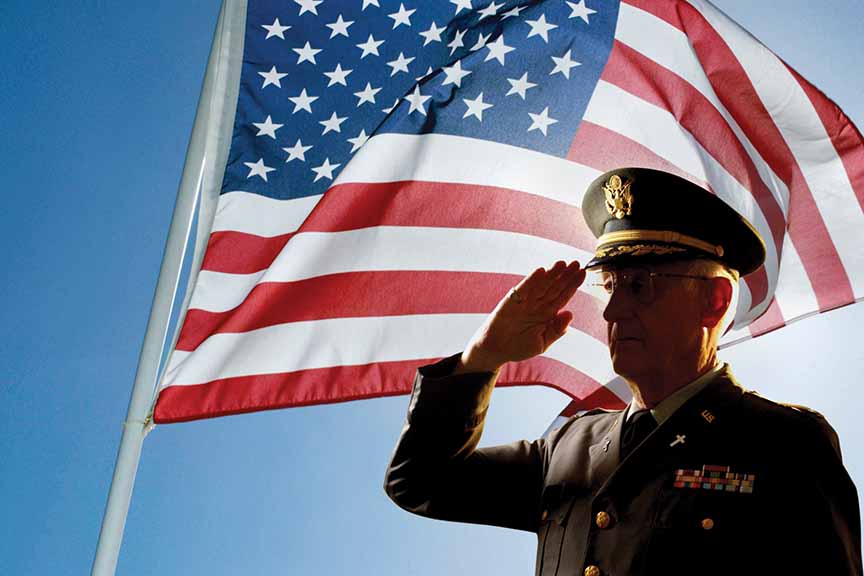
Interesting facts related to Memorial Day
Memorial Day is celebrated annually on the last Monday of May across the United States. The proximity of Memorial Day to the summer solstice has led many to view the weekend preceding the holiday as the unofficial kickoff to summer. However, Memorial Day is about more than backyard barbecues and weekend getaways.
Memorial Day honors service members who died while serving in the United States military. Though Memorial Day traces its origins to the years following the American Civil War in the mid-nineteenth century, it did not become an official federal holiday until 1971. That’s one of just many interesting facts about Memorial Day that are worth noting as the United States prepares to commemorate the sacrifices of military personnel who died in service of the country.
· Memorial Day began as something of a grass roots movement. According to History.com, by the late 1860s individuals in towns across the war-ravaged United States began holding springtime tributes to soldiers who lost their lives during the American Civil War.
· Among the more notable postwar commemorations was one organized by former slaves in Charleston, South Carolina. That commemoration occurred less than a month after the Confederate forces surrendered in 1865. Despite that, History.com notes that in 1966 the federal government declared Waterloo, New York, the birthplace of Memorial Day.
· Postwar commemorations also were organized by northern veterans of the Civil War. General John A. Logan, who led an organization of Union veterans, called for a nationwide day of remembrance in May 1868. General Logan referred to the holiday as Declaration Day and chose May 30 because it was not the anniversary of any specific battle and therefore unlikely to be viewed by some as controversial.
· Early commemorations of Decoration Day, which gradually came to be known as Memorial Day, initially honored only those soldiers who died during the American Civil War. However, that changed over time as American servicemen fought in various wars, including both World Wars, the Vietnam War, the Korean War, and other conflicts.
· The red poppy has become a symbol of Memorial Day. That red poppy can be traced to a poem by Canadian John McCrae, who served as a Lieutenant Colonel in World War I. “In Flanders Field” notes the red poppies that grew in fields where countless soldiers had been buried in modern-day Belgium. The poem was published in 1915, three years before the war ended. Sadly, McCrae himself was a casualty of the war, succumbing to pneumonia in France in 1918 while still in the service.
Memorial Day honors service personnel who lost their lives while serving in the U.S. military. The holiday’s inspiration and lengthy history merits consideration as the nation prepares to commemorate countless soldiers’ sacrifices once more
